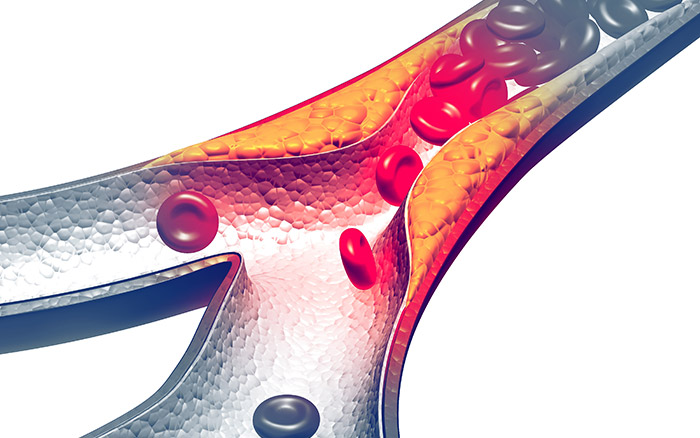
Lipoprotein-Associated Phospholipase A2 and Risk of Incident Cardiovascular Disease in a Multi-Ethnic Cohort: The MultiEthnic Study of Atherosclerosis

Parveen K. Garg(a), Robyn L. McClelland(b), Nancy S. Jenny(c), Michael H Criqui(d), Philip Greenland(e,f), Robert S. Rosenson(g), David S. Siscovick(h), Neal Jorgensen(b), and Mary
Cushmanc,(c, i)
a) Division of Cardiovascular Medicine, Keck School of Medicine, University of Southern California,
Los Angeles, California
b) Department of Biostatistics, University of Washington, Seattle, Washington
c) Department of Pathology and Laboratory Medicine, University of Vermont College of Medicine,
Burlington, Vermont
d) Department of Family & Preventive Medicine, University of California in San Diego, La Jolla,
California
e) Department of Medicine, Feinberg School of Medicine, Northwestern University, Chicago, Illinois
f) Department of Preventive Medicine, Feinberg School of Medicine, Northwestern University,
Chicago, Illinois
g) Mount Sinai Heart, Icahn School of Medicine at Mount Sinai, New York, New York
h) New York Academy of Medicine, New York, New York
i) Department of Medicine, University of Vermont College of Medicine, Burlington, Vermont
Abstract
Objective— Prospective studies reporting a positive association of lipoprotein-associated
phospholipase A2 (Lp-PLA2) mass and activity with incident cardiovascular disease (CVD) have
included primarily white individuals. We evaluated associations of Lp-PLA2 and first-time
cardiovascular events in a healthy multi-ethnic cohort characterized by presence or absence of
baseline subclinical atherosclerosis.
Methods— Lp-PLA2 mass and activity were measured at baseline in 5456 participants in the
Multi-Ethnic Study of Atherosclerosis. Individuals were characterized for presence of baseline subclinical disease (coronary artery calcium score>0 or carotid intima-media thickness value>80th percentile) and followed prospectively for development of CVD events (coronary heart disease, ischemic stroke, and cardiovascular death).
Results— 516 incident CVD events occurred over median follow-up of 10.2 years. In adjusted
Cox proportional hazards models, each higher standard deviation of both Lp-PLA2 activity and
mass was associated with an increased risk of cardiovascular events; hazard ratios (HR; 95%
confidence intervals (CI)) 1.12 (1.01–1.26) for Lp-PLA2 activity and 1.10 (1.01–1.21) for mass.
Associations did not differ by subclinical disease status (p-value for interaction 0.99 for Lp-PLA2
activity and 0.32 for Lp-PLA2 mass) and there was no confounding by subclinical atherosclerosis
measures. Associations of Lp-PLA2 activity but not mass were weaker in Chinese participants but
there were relatively few events among Chinese in race-stratified analysis.
Conclusion— In this multi-ethnic cohort, Lp-PLA2 was positively associated with CVD risk,
regardless of the presence of coronary artery calcium or a thickened carotid-intimal media.
